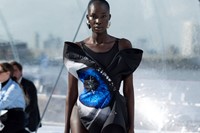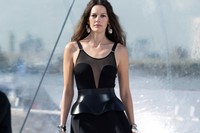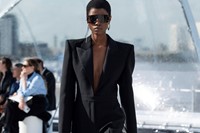The ghoulish scenes conjured back in the late fifteenth century by the Dutch master Hieronymus Bosch still have the power to shock and delight, enthral and disgust. Modern artists from Salvador Dali to Jake and Dinos Chapman have referenced the painter’s hellish panoramas of fantastical creatures and, frequently, mankind’s trials and tribulations in their own work. And so too did Lee Alexander McQueen, whose vision of fashion can often be seen as Boschian in its embracing of oddity, celebration of the unusual, and a macabre bent. McQueen based collections on serial killers and horror films, staged shows in churches and synagogues and crafted an haute couture collection for the esteemed house of Givenchy based on a Frankenstein-esque story of the vengeful ghosts of murdered women rising from the dead to haunt their tormentor. Paint it on an altarpiece and it’s very Bosch.
But at the root of all these ideas is the idea of humanity – emotion, feeling, soul. That is something Sarah Burton always seeks to express through her clothing, and while her line is softer and more romantic than McQueen’s founder, for Spring/Summer 2023 she wielded her scalpel to splice apart silhouettes in a loose homage to Bosch, and a wider reflection of the human condition. “Our clothes are designed to empower,” she stated, a succinct introduction to a show filled with savagely spliced tailoring, cut away to bare skin and carved out around its bones. “Stripped back, dissected and focused on cut, drape and silhouette,” Burton said, utilising a surgical turn-of-phrase to denote clothes with a new savage grace. Indeed, this collection was a moment when Burton decided to cut back on romance, instead streamlining silhouettes close to the body, scissoring clothes taut and tight against the form. Suiting was so ferociously cut it slid entirely away from the body, baring the midriff and hips – McQueen’s low-slung ‘Bumsters’ were revived, appearing to cling to the models’ hips but, in actual fact, a feat of engineering through expert tailoring. Indeed, that was the line throughout – as if the fabric had been scraped away to reveal the body beneath.
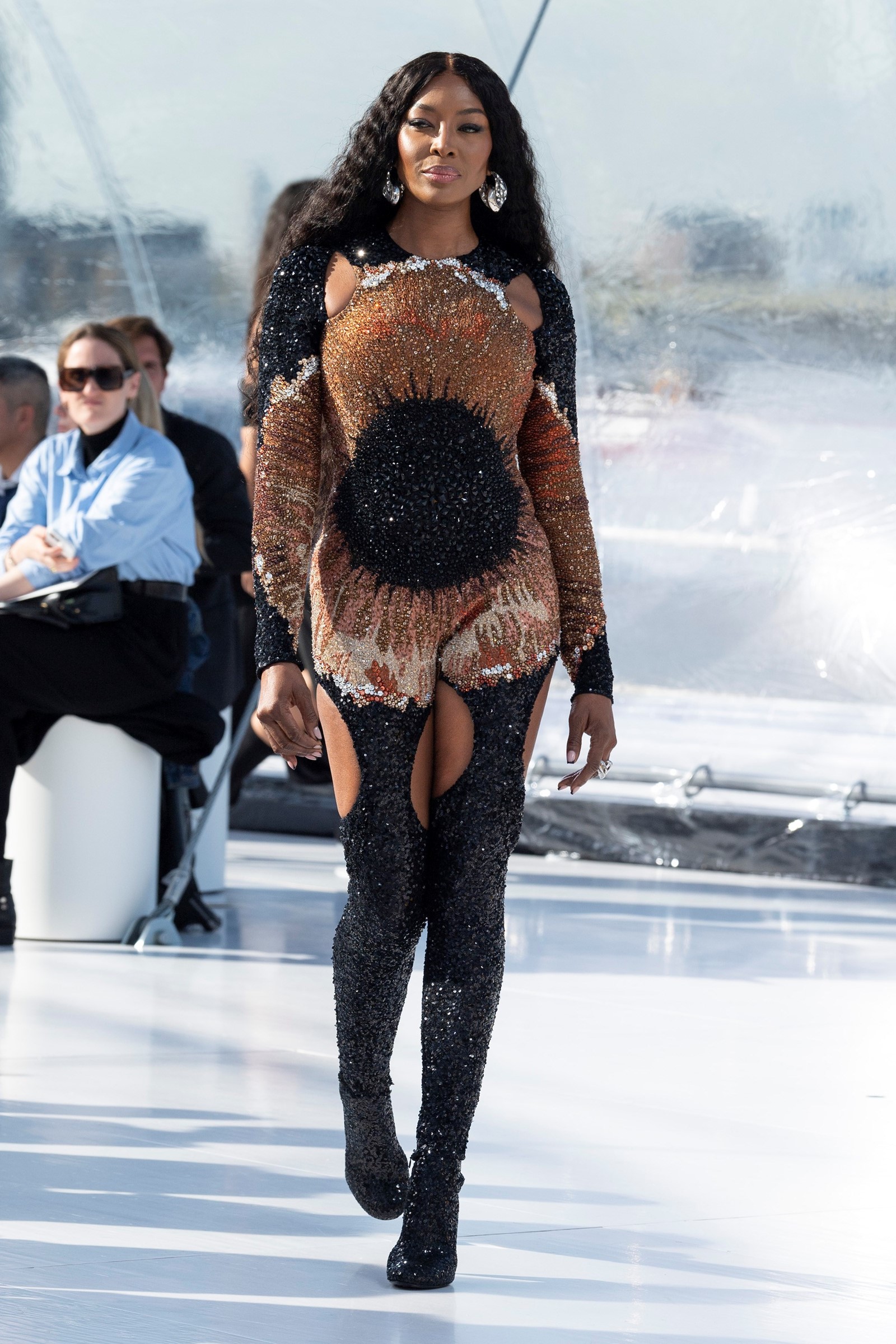
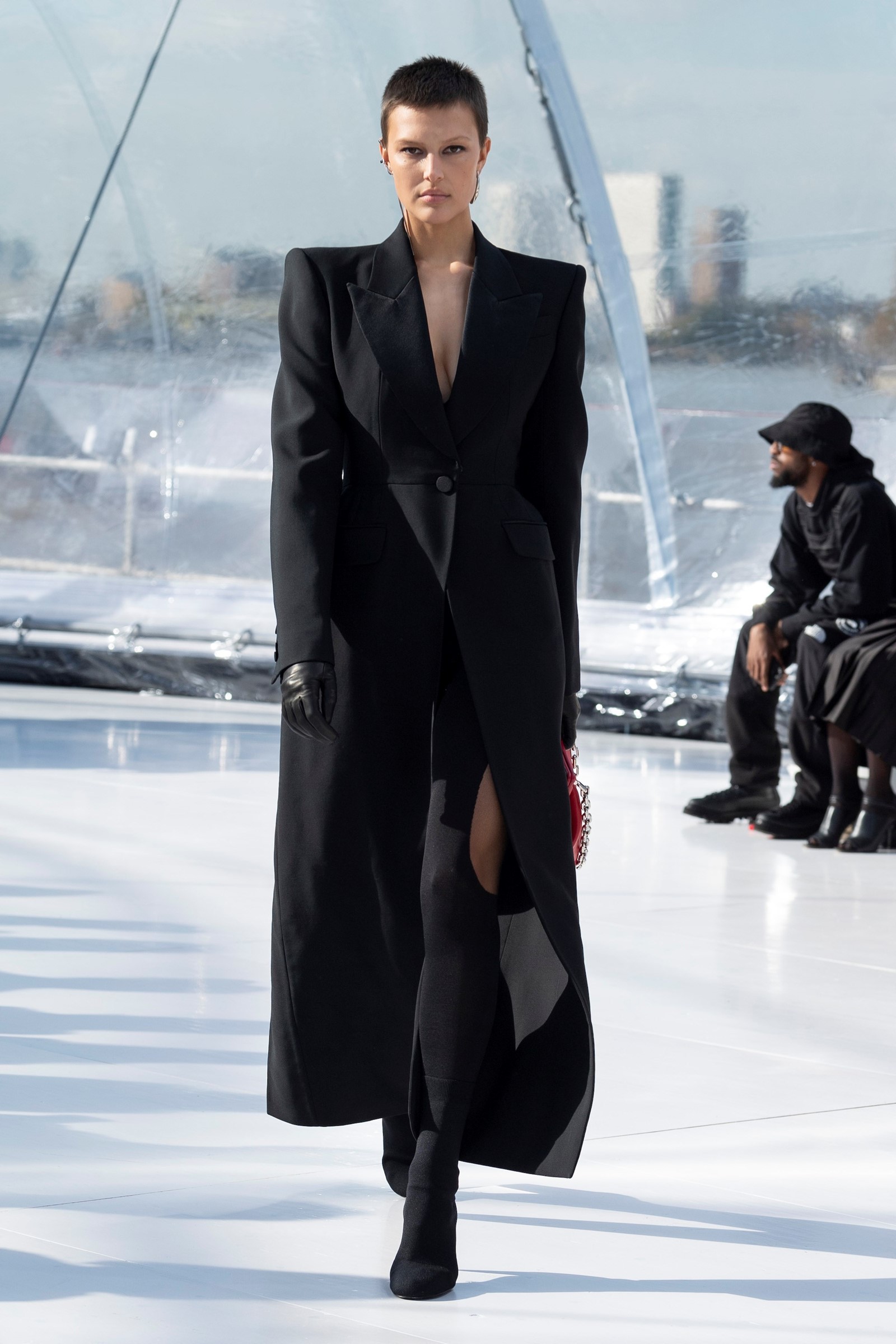
Those lines were striking in their modernity – which certainly stood in stark contrast to the confines, a square outside Sir Christopher Wren’s 17th-century Old Royal Naval College in London’s Greenwich. And to a few of the more overt references to Bosch, whose paintings inspired painstaking embroideries across elaborate evening dresses and slick bodysuits. You could find beauty in the oddity of Bosch – Burton certainly did – and beauty, after all, is in the eye of the beholder. The collection’s other decorative motif was oversized prints of eyes: “a symbol of that humanity, a register of emotion, an expression of uniqueness,” Burton said. Enlarged and abstracted, they stared out from evening dresses and suits, their colours – black, white, deep blues and orangey-hazel – providing an emphatic palette, in sharp focus.
Focus was what this collection was all about – at its very best, that tailoring was a return to the sharp roots of McQueen in the cultural landscape of the 1990s, while also reflecting the expertise of Savile Row and the centuries of tradition it encapsulates. But what’s tradition without progress? That’s what this show really felt like it was about, making us look at our traditions – both in fashion generally, and McQueen specifically – with fresh eyes.

